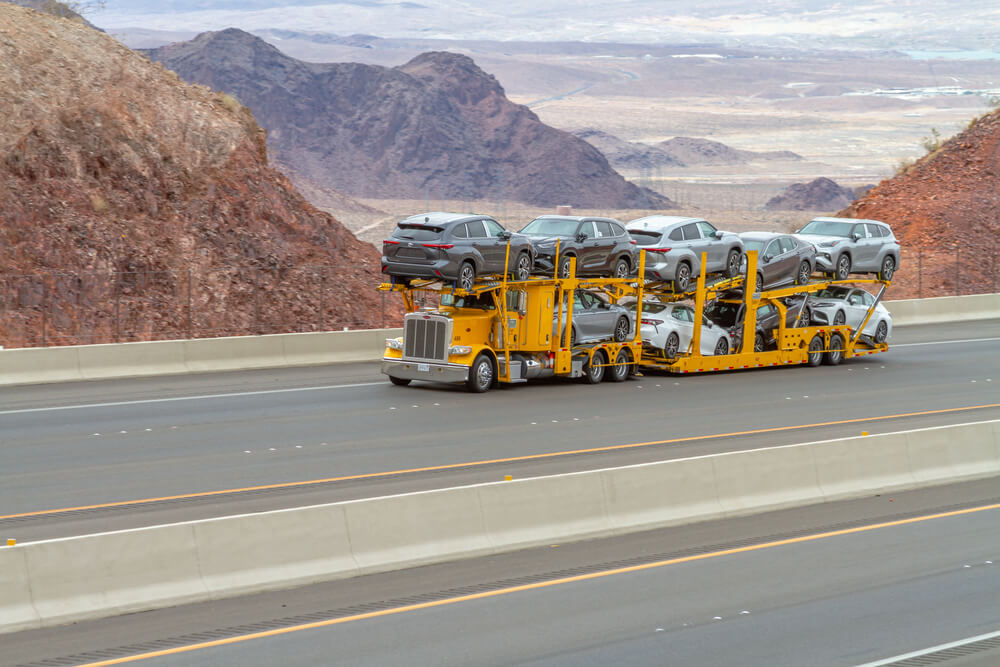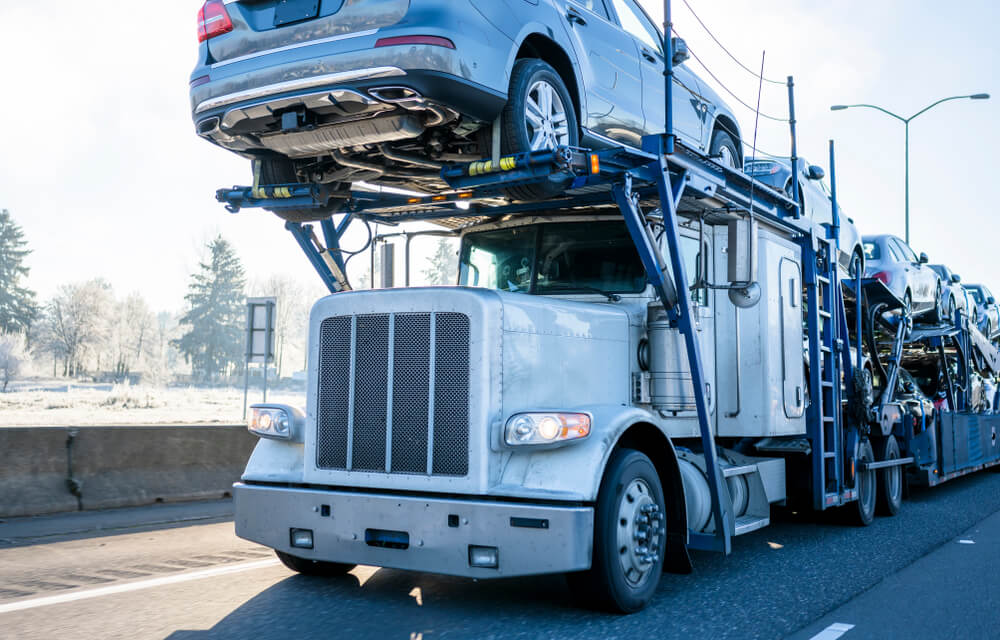
POV shipping info is essential for military personnel, car dealerships, and everyday individuals moving across state or international lines. Whether you’re relocating permanently, purchasing a vehicle from another state, or transporting a luxury or antique car, having accurate and timely vehicle transport information can save both money and stress. As the global logistics industry rapidly evolves, the auto transport sector is undergoing significant transformations fueled by technology, environmental consciousness, and changing consumer demands.
Technology Is Changing the Game
Technology has emerged as the most powerful force driving change in the auto transport sector. Companies are investing in automation, real-time tracking, machine learning, and IoT integration to create streamlined, transparent, and cost-efficient transport solutions.
One key advancement has been the implementation of blockchain technology for managing contracts and verifying vehicle status throughout the supply chain. This ensures accurate record-keeping and can significantly reduce disputes or delivery errors. Additionally, AI-powered route optimization is helping carriers cut down idle time, reduce fuel costs, and improve delivery timeframes.
The introduction of 5G-powered logistics systems, as seen in platforms by companies like COSCO Shipping, is also improving communication between dispatchers, drivers, and customers ensuring up-to-the-minute updates on vehicle locations and ETA changes.
According to McKinsey & Company, digitization is reshaping supply chains, and the auto transport industry is positioned to gain the most from this transformation. Companies that embrace these technologies early will enjoy enhanced customer satisfaction and better operational efficiency.
Eco-Friendly Trends Driving Industry Evolution
Sustainability is more than just a buzzword it’s a critical priority in modern auto transport. Governments and companies alike are pushing for greener logistics, which means transport providers must reduce emissions and adopt environmentally responsible practices.
Carriers are beginning to shift to electric transport vehicles for short-haul routes and are exploring hydrogen-powered trucks for long-distance shipping. Additionally, companies are making use of carbon offset programs to neutralize their environmental footprint. Green infrastructure, including solar-powered terminals and warehouses, is also becoming increasingly common.
By developing regional logistics hubs, companies can minimize the distance vehicles must travel and cut down on emissions. The “localization” of supply chains, combined with demand forecasting powered by AI, ensures that transport services are not only faster but also more sustainable.
The Challenges Ahead and How the Industry Is Adapting
While innovation is reshaping the industry, significant challenges remain. Labor shortages, particularly among truck drivers, pose a major hurdle to scalability. Infrastructure aging and congestion in key transit corridors add to delivery delays and maintenance costs.
Moreover, global trade tensions and tariff uncertainties have complicated the logistics landscape. For instance, U.S. tariffs on vehicle parts and imports can create volatility in pricing and shipping demands, disrupting schedules and business models.
However, these obstacles also present opportunities. Autonomous vehicle technology, once seen as futuristic, is making serious inroads into logistics. Several companies are already piloting self-driving trucks, which promise to alleviate labor shortages and ensure 24/7 operations. Meanwhile, enhanced training and recruitment initiatives aim to bring new talent into the transport workforce.
The Consumer Advantage
For consumers, the evolution of auto transport means more options, better service, and increased transparency. Digital portals allow for easy scheduling, instant quoting, and live updates all from a smartphone or computer. Whether you’re a military family on the move or a car collector sending a prized possession to an auction, today’s vehicle shipping options are safer and more reliable than ever before.
Before selecting a transport company, it’s important to compare service options, check insurance coverage, and verify industry accreditations. Many top-rated companies are now offering online reviews and service guarantees to provide peace of mind.
Driving Into the Future
The auto transport industry stands at a crossroads of tradition and innovation. While the fundamentals of moving vehicles remain the same, the tools, expectations, and operational strategies are changing dramatically. The future points toward digitized logistics, green transportation, and customer-centric solutions.
Staying informed about these trends will help individuals and businesses navigate the complexities of vehicle shipping with confidence. As with any service, doing your homework, understanding the technology, and aligning with a trusted provider are key to a smooth experience.
For a deeper look into automotive and logistics trends shaping the future, consider this authoritative resource from the U.S. Department of Transportation on innovation in transportation a non-competing, high-authority site offering a wide lens on industry transformation.
